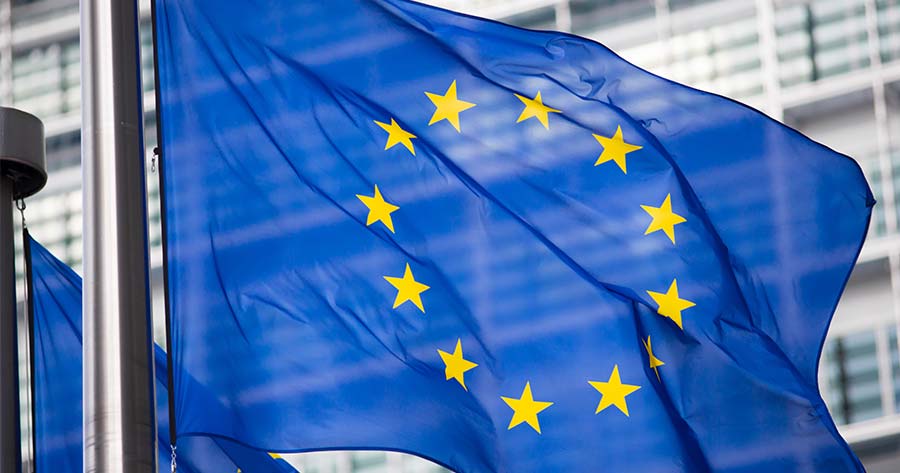Eurozone economic growth is set to undershoot previous expectations this year and next, according to a bleak outlook from the European Commission, which cited the ongoing trade conflict initiated by the United States and persistent uncertainty about its resolution as major headwinds.
The Commission now projects GDP in the 20-nation currency bloc to expand just 0.9% in 2025, well below the 1.3% forecast issued last November. Meanwhile, growth in 2026 is estimated at 1.4%, still trailing the 1.6% previously predicted, as global trade falters and policy risks persist. The 27-member European Union as a whole faces a similar downgrade.
The commission’s forecast assumes the U.S. will maintain current trade tariffs—10% on all EU goods, 25% on steel, aluminium and vehicles, and no new duties on sectors such as pharmaceuticals and semiconductors.
Risks, the Commission warned, remain skewed to the downside. Further fragmentation of global commerce could dampen growth and revive inflation pressures. Meanwhile, climate-related shocks represent a chronic threat to economic stability.
However, growth could accelerate if there is a de-escalation in trade tensions or if Europe succeeds in diversifying its trade relationships and boosting defense investment.
The jobs market remains a bright spot, with eurozone unemployment expected to drop further, reaching 6.1% in 2026. Inflation is also forecast to ease, with consumer price growth set to slow to 2.1% this year and 1.7% in 2026, from 2.4% in 2024.
Despite this, public finances across the bloc are likely to weaken. The eurozone’s aggregated budget deficit is projected to widen to 3.2% of GDP this year, inching up to 3.3% by 2026. The public debt ratio is also set to climb, hitting 89.9% of GDP in 2024 and rising further to 91% in two years.




